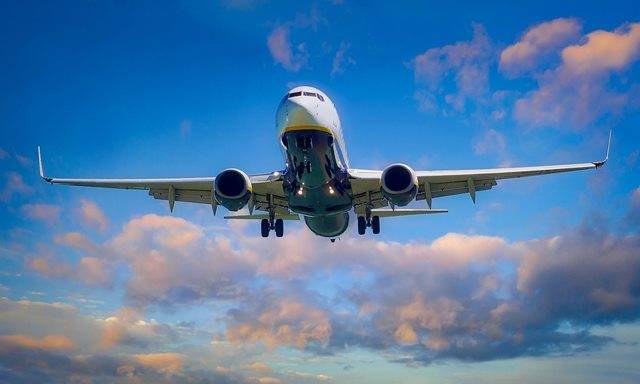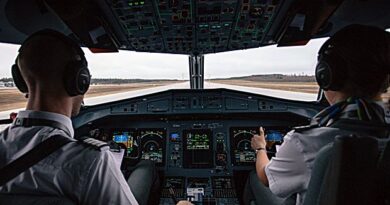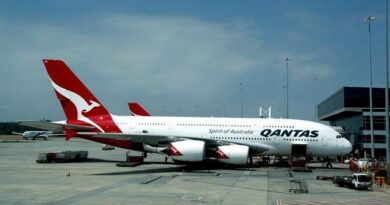Parts of an Airplane – Fuselage, Engine, Cockpit…
Airplanes, those majestic birds of steel that whisk us across continents and oceans, are marvels of modern engineering. But have you ever wondered about the intricate components that make these aerial feats possible? Let’s embark on a journey to uncover the anatomy of an airplane, delving into the essential parts that enable flight.
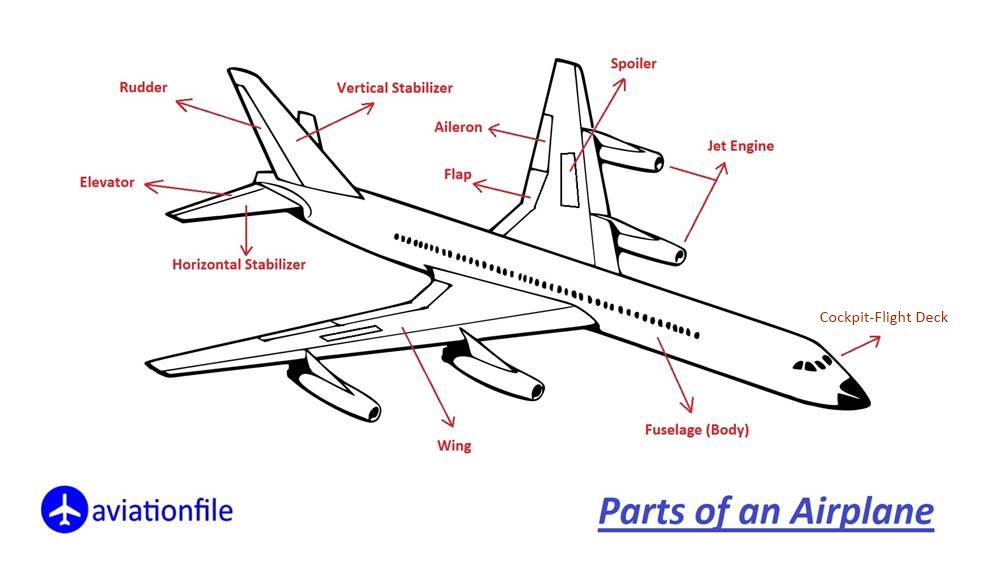
Lets look purposes of airplane parts
Cockpit
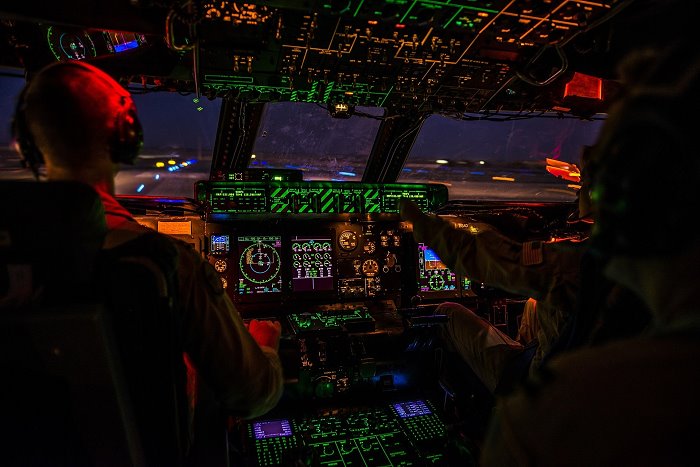
The cockpit, the nerve center of the airplane, is where the pilots reside, orchestrating every maneuver and ensuring a safe and successful flight. A symphony of instruments, gauges, and controls fills this confined space, providing pilots with real-time information about the airplane’s status and the surrounding environment. From steering the aircraft to monitoring engine performance, the cockpit is where decisions are made and dreams of flight take shape.
Fuselage
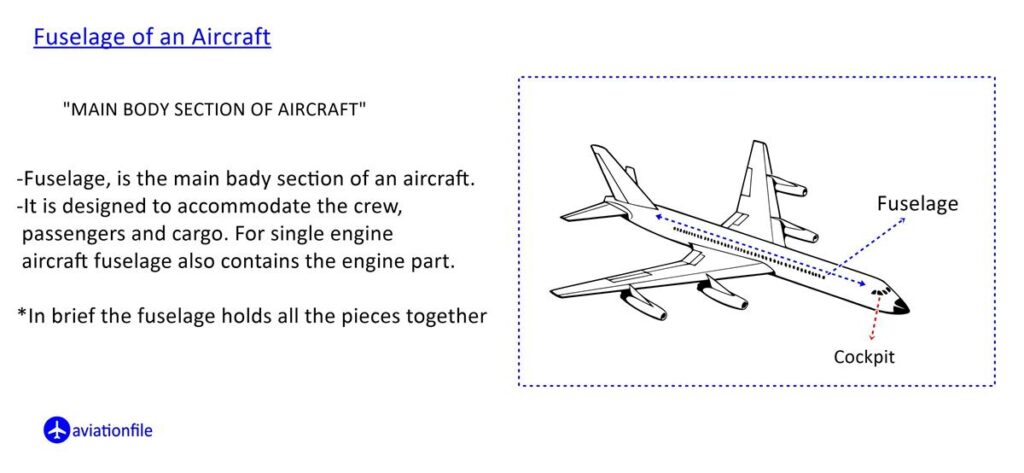
The fuselage, the elongated body of the airplane, serves as the backbone, accommodating the cockpit, passengers, cargo, and fuel tanks. It’s a cylindrical structure, carefully crafted to withstand the immense forces encountered during flight. The fuselage not only houses the essential components but also contributes to the airplane’s aerodynamic shape, ensuring smooth airflow and efficient flight.
Engine
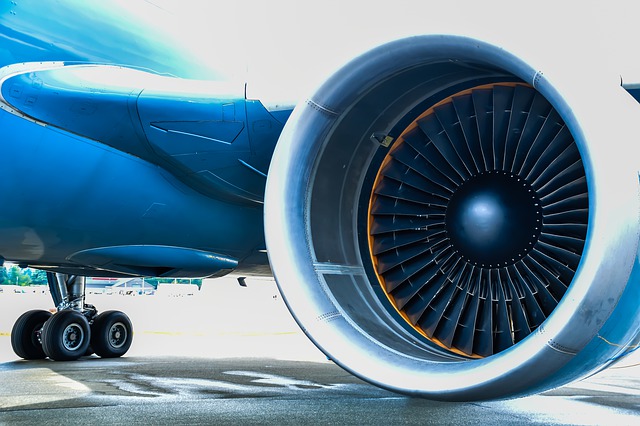
The engine, the heart of the airplane, provides the power necessary to propel the aircraft through the air. Whether it’s a jet engine, turboprop, or piston engine, the engine harnesses energy to generate thrust, pushing the airplane forward and overcoming the resistance of air. The engine’s performance is critical for achieving the desired speed, altitude, and range.
Wing

The wings, outstretched like giant arms, are the key to generating lift, the force that counteracts gravity and keeps the airplane airborne. Their airfoil shape, inspired by bird wings, allows air to flow smoothly over the top, creating an area of low pressure, while the underside experiences higher pressure. This pressure differential generates lift, enabling the airplane to defy gravity and soar through the skies.
Spoiler
Spoilers are panels mounted on the upper surface of the wing that, when extended, both increase drag and decrease lift by disrupting the airflow over the wing. Dependent upon the aircraft type, spoilers can serve as many as three distinct primary functions:
- Ground spoilers
- Roll spoilers
- (Flight) spoilers or Speedbrakes
Aileron
Ailerons are a primary flight control surface which control movement about the longitudinal axis of an aircraft. This movement is referred to as “roll”. The ailerons are attached to the outboard trailing edge of each wing. And, when a manual or autopilot control input is made, move in opposite directions from one another.
Flap
Flaps are a high lift device consisting of a hinged panel or panels mounted on the trailing edge of the wing. When extended, they increase the camber and, in most cases, the chord and surface area of the wing resulting in an increase of both lift and drag and a reduction of the stall speed.
Stabilizer
Vertical stabilizer. It is a fixed wing section and It is used to improve the balance or stability of the aircraft and it is in the tail part of the aircraft.
Horizontal Stabilizer. It is a fixed wing section whose job is to provide stability for the aircraft, to keep its flying straight. It prevents up-and-down, or pitching motion of the aircraft nose.
Rudder
The rudder is a primary flight control surface which controls rotation about the vertical axis of an aircraft. This movement is referred to as “yaw”. The rudder is a movable surface that is mounted on the trailing edge of the vertical stabilizer or fin.
Elevator
An elevator is a primary flight control surface that controls movement about the lateral axis of an aircraft. This movement is referred to as “pitch”.
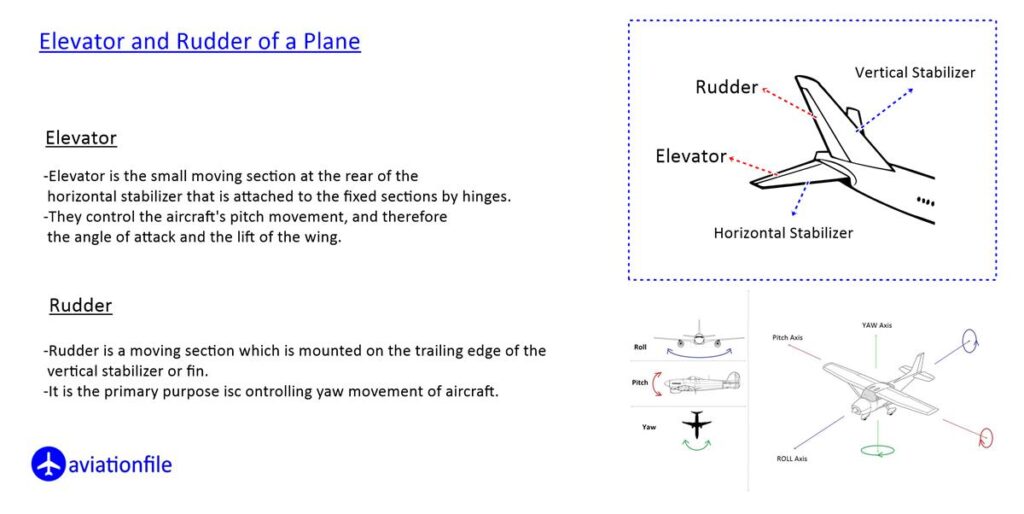
References
- NASA Glenn Research Center: Airplane Anatomy (https://www1.grc.nasa.gov/aeronautics/)
- The Boeing Company: Airplane Anatomy (https://services.boeing.com/parts)
- Airbus: Airplane Anatomy (https://aircraft.airbus.com/en/services/maintain/material/material-products)
- Federal Aviation Administration: Airplane Anatomy (https://www.faa.gov/documentLibrary/media/Advisory_Circular/AC_20-62E_CHG_1.pdf)
- The Smithsonian Institution: Airplane Anatomy (https://airandspace.si.edu/)
For more detail please click
For more articles click
